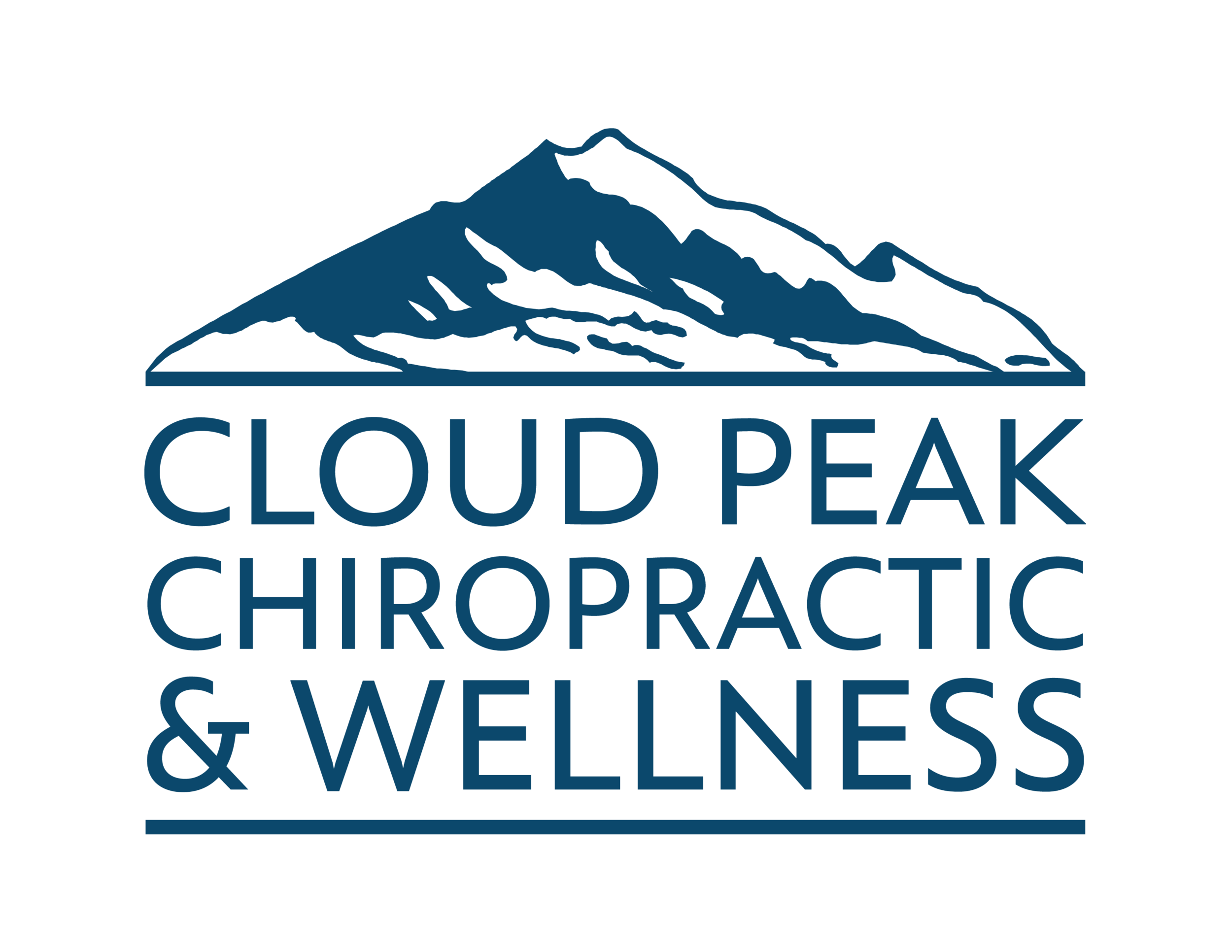Flat Feet in Kids: What Parents Need to Know
Sometimes parents worry that their young child's feet look a little flatter than other kids’ feet. And, for the most part, babies and toddlers' feet do look flat. It's normal, and most kids grow out of it.
It's when your child reaches the elementary years with flat-looking feet that you may need to be concerned. Sore legs after games, tired feet after a walk, or foot pain that seems to come out of nowhere—these are signs that feet could be an issue.
How can you know for sure, and help your kids develop healthy feet?
Let’s walk through what flat feet really are (and aren't). What’s normal foot arch development? What are flat feet? Can chiropractic help?
What flat feet are—and what they aren’t.
The term "flat feet" (also called pes planus) means the arch of the foot is low or missing when your child is standing. It can look like the whole foot is touching the ground without that typical upward curve.
If your child's feet look flat, you may not have to worry: flat feet aren't necessarily a problem.
Lots of kids—especially toddlers—have flat feet.
What matters more than how their foot looks is how their foot functions. If your child is moving well, pain-free, and active, their flat feet may be part of their normal development.
Flat feet are not:
A sign your child is weak or broken
Something that needs fixing in every case
A condition that can be easily corrected
How do foot arches develop, from birth through the teen years?
To avoid a lot of concern, it helps to understand what’s typical.
Most children go through a natural, gradual arch development process:
Here's what’s happening with their feet as they grow:
Birth–2 yrs: All babies have flat feet due to a thick fat pad hiding the arch
2–3 yrs: Arches begin forming, but may still look flat
3–6 yrs: Arches develop gradually, but may disappear when standing
6–10 yrs: Most children develop a visible arch and more stable heel alignment
Adolescence: The arch structure becomes adult-like for most teens
So yes—flat feet in young kids are usually normal. But when flat feet persist beyond age 6–10 and your child is experiencing pain or stiffness, it’s time for a closer look.
Wondering about What shoes are best for babies and kids? Check out the blog post about this on the Dr. Sarah Radabaugh blog.
Why Flat Feet Happen
There are many reasons a child may have flat feet. Some are natural, others more complex:
Genetics: Sometimes, flat feet run in families
Loose Tendons: Conditions like Ehlers-Danlos or Marfan Syndrome can make connective tissues too lax to support an arch
Developmental Differences: Some kids’ bones or joints just develop differently
Injury or Trauma: A sprain or fracture can damage the foot’s structure and collapse the arch
Medical Conditions: Cerebral palsy, spina bifida, or rheumatoid arthritis can change how the foot forms or functions
Weight Stress: Obesity or excess body weight (even during puberty) puts more pressure on developing feet
When should you pay attention to flat feet?
There are some common signs that flat feet are causing trouble. Your child may need support if flat feet are paired with:
Frequent foot, ankle, or leg pain
Fatigue after walking or playing
Difficulty with sports or physical activity
Inward ankle rolling
Complaints of hip, knee, or low back pain
Stiffness or reduced motion in their feet
Shoe fit: no shoes seem to fit right
The difficulty with flat feet is not just physical.
Kids and teens often feel self-conscious about their flat feet. They can also feel frustrated if the pain limits their favorite activities. Flat feet can come with a lot of difficult emotions, and add to their growing pains.
Chiropractic can help manage life with flat feet.
When your child is in pain, even small shifts can make a big difference.
No matter the treatment path you choose, we can help your child feel better, stay active, and build strength and confidence.
How chiropractic can help with flat feet.
Chiropractic care won’t “fix” your child's arch—but it can help your child move and feel better.
At Cloud Peak Chiro, we help your child manage the symptoms that come with flat feet. We may help with:
Manual adjustments to help reduce the stress on their arches
Soft tissue therapy to ease tight calves or foot muscles
Gait and posture training to help avoid compensations that lead to pain elsewhere
Exercise guidance to build strength in their feet and legs
Lifestyle advice for things like finding shoes that actually help, not hurt
When it comes to flat feet, we aim for less pain, better movement, and more self-confidence.
Supporting your child’s feet is about more than just their feet.
We look at their whole body. How do they walk? How do they sleep? How do they feel about their flat feet?
We focus on helping them live a more comfortable life by:
Encouraging foot muscles to work naturally
Advising on the right strengthening and stretching routines
Offering realistic footwear advice
Helping your child do more of what's important to them
If your child’s flat feet are causing pain, limiting playtime, or just making you worried, let’s talk.
Chiropractic and acupuncture won’t “fix” everything. But they might be the missing piece that helps your child feel better, move easier, and live more fully.
Call or text us today to make an appointment. We’ll help your child feel more supported—from the feet up.
